El volcán Tetlalmanche es uno de los más famosos de la ciudad. Es el más alto de la Sierra de Santa Catarina y el tercero más alto de la Ciudad de México. También es a menudo llamado el Volcán Guadalupe. Con menos frecuencia, todavía se le llama “el borrego” o “cerro de la tortuga”. A pesar de la intensa minería, la montaña ha conservado gran parte de su forma volcánica reconocible, incluido el cráter distintivo en la parte superior.
El nombre náhuatl podría traducirse más o menos como “montaña que tira piedras”. Un volcán monogenético, entró en erupción solo una vez durante la Era Mesozoica. El pico se eleva a 2 820 metros sobre el nivel del mar. Es parte de la vida cotidiana y se puede ver desde muchas partes de Iztapalapa y Tláhuac.
Una de las puntas más emblemáticas del volcán, la vertiente norte está cubierta por una serie de barrios. El más destacado es San Miguel Teotongo con un famoso museo comunitario. Santa Catarina Yecahuizotl está casi directamente al este. Al sur, es un área natural protegida. Esto se debe a que es una fuente particularmente importante de agua de lluvia. Esto mantiene las capas freáticas debajo de la ciudad no solo llenas, sino también limpias.
Las laderas se conectan con las de Tecuauhtzin al oeste. Esto le da a las dos montañas una apariencia singular especialmente para los residentes de los barrios del oriente de Iztapalapa.
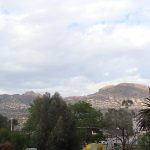
Cercano a 1.21 kms.
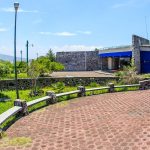
Cercano a 1.92 kms.

Cercano a 1.94 kms.
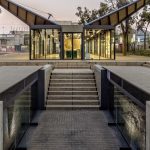
One of the most attractive of the Utopia Sports and Cultural Complexes is a major scientific center too.

Las Mercedes es el mercado público de la parte baja de San Miguel Teotongo.
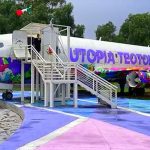
Un parque y centro comunitario entre Teotongo y dos pueblos históricos.
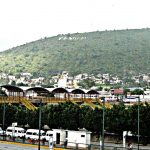
Uno de los volcanes más reconocibles de la Ciudad de México...
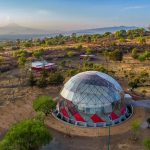
El parque es cada vez más importante como espacio educativo y de observación astronómica.